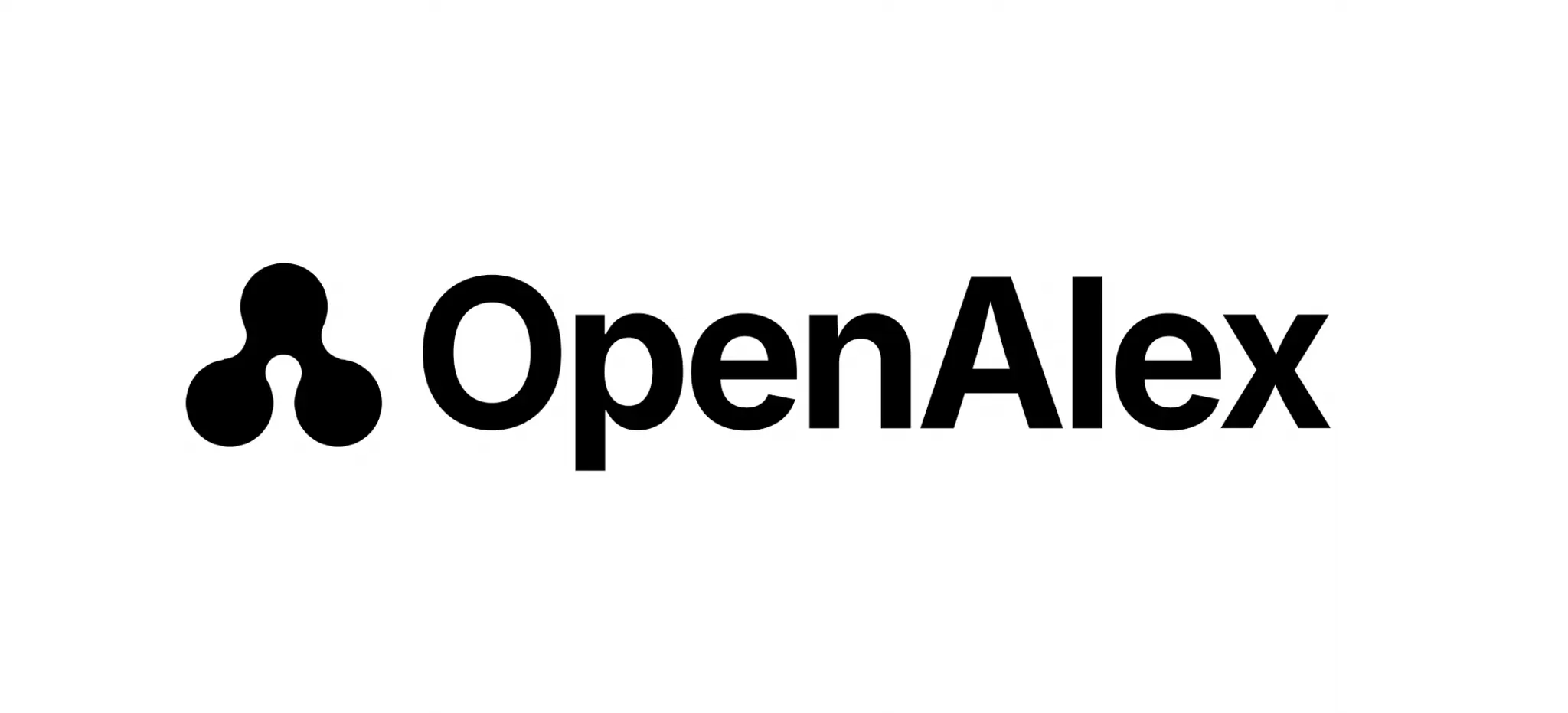Developing Standard Protocol for Jaloukavacharana (Leech Therapy) with Purpose of Mitigation of Infectious Risk
DOI:
https://doi.org/10.63247/3048-7390.vol.1.issue6.10Keywords:
Jalouka, Medicinal leech, Leeching, Infection control, microbiotaAbstract
Background: Jaloukavacharana (medicinal leech therapy) is a traditional parasurgical procedure that has gained renewed clinical significance in modern reconstructive surgery and peripheral vascular disease management. Despite its therapeutic efficacy, the absence of standardized protocols for leech preparation and application poses significant infectious risks.
Objective: To develop evidence-based protocols for the safe clinical application of medicinal leeches, with particular focus on pathogen screening, decontamination procedures, and infection risk mitigation.
Methods: A comprehensive literature review was conducted examining infectious complications associated with leech therapy, traditional protocol mentioned by Acharya Susruta, and contemporary decontamination methodologies. Studies addressing pathogen transmission, antimicrobial interventions, and safety protocols were systematically analyzed.
Results: Current evidence demonstrates significant infectious risks associated with medicinal leech application, predominantly involving Aeromonas species and other opportunistic pathogens. While traditional Ayurvedic protocols provide foundational safety measures, contemporary practice requires enhanced screening and decontamination procedures. Existing antimicrobial interventions show promise for pathogen reduction but lack standardization.
Conclusions: The development of comprehensive, standardized protocols for medicinal leech therapy is essential for safe clinical practice. This framework addresses critical gaps in current practice through evidence-based recommendations for leech cultivation, screening, decontamination, and clinical application protocols.
References
1) Wittke-Michalsen E. The History of Leech Therapy. In: Medicinal Leech Therapy. New York: Thieme; 2007. p. 4–12.
2) Whitaker I, Rao J, Izadi D, Butler P. Historical Article: Hirudo medicinalis: Ancient origins of, and trends in the use of medicinal leeches throughout history. Br J Oral Maxillofac Surg. 2004 May;42:133–7.
3) Derganc M, Zdravic F. Venous congestion of flaps treated by application of leeches. Br J Plast Surg. 1960 Jul;13:187—192.
4) Whitaker I, Izadi D, Oliver D, GM M, Butler P. Hirudo Medicinalis and the plastic surgeon. Br J Plast Surg. 2004 Jul;57:348–53.
5) Whitaker I. The efficacy of medicinal leeches in plastic and reconstructive surgery: A systematic review of 277 reported clinical cases. Whitaker I, Oboumarzouk O, Rozen WM, Naderi N, Balasubramanian SP, Azzopardi E, et al., editors. Microsurgery. 2012;32(3):240–50.
6) Graf Joerg. Symbiosis of Aeromonas veronii Biovar sobria and Hirudo medicinalis, the Medicinal Leech: a Novel Model for Digestive Tract Associations. Infect Immun. 1999 Jan 1;67(1):1–7.
7) Graf J, Kikuchi Y, Rio RVM. Leeches and their microbiota: naturally simple symbiosis models. Trends Microbiol. 2006 Aug 1;14(8):365–71.
8) Nehili M, Ilk C, Mehlhorn H, Ruhnau K, Dick W, Njayou M. Experiments on the possible role of leeches as vectors of animal and human pathogens: a light and electron microscopy study. Parasitol Res. 1994 May 1;80(4):277–90.
9) Marden JN, McClure EA, Beka L, Graf J. Host Matters: Medicinal Leech Digestive-Tract Symbionts and Their Pathogenic Potential. Front Microbiol. 2016;7:1569.
10) Agata L, Blaszkowska J. Hirudo verbana is a source of fungal isolates potentially pathogenic to humans. Afr J Microbiol Res. 2013 Nov;7:5358–63.
11) Chandra M. The Leeches of India -A Handbook. Calcutta: Zoological Survey of India; 1991.
12) Sushrutasamhita, Sutrasthana, Jalaukavacharaneeya adhyaya, 13/14-15. Available from http://niimh.nic.in/ebooks/esushruta/ (Accessed on 28/03/2025)
13) Sushrutasamhita, Sutrasthana, Jalaukavacharaneeya adhyaya, 13/17. Available from http://niimh.nic.in/ebooks/esushruta/ (Accessed on 28/03/2025)
14) Sushrutasamhita, Sutrasthana, Jalaukavacharaneeya adhyaya, 13/18. Available from http://niimh.nic.in/ebooks/esushruta/ (Accessed on 28/03/2025)
15) Sushrutasamhita, Sutrasthana, Jalaukavacharaneeya adhyaya, 13/19. Available from http://niimh.nic.in/ebooks/esushruta/ (Accessed on 28/03/2025)
16) Verriere B, Sabatier B, Carbonnelle E, Mainardi J l., Prognon P, Whitaker I, et al. Medicinal leech therapy and Aeromonas spp. infection. Eur J Clin Microbiol Infect Dis. 2016 Jun 1;35(6):1001–6.
17) Nelson MC, Graf J. Bacterial symbioses of the medicinal leech Hirudo verbana. Gut Microbes. 2012 Aug;3(4):322–31.
18) Clark NM, Femino JE, Chenoweth CE. Aeromonas Infection After Medicinal Leech Therapy: Case Reports and Review of the Literature. Infect Dis Clin Pract [Internet]. 2001;10(4). Available from: https://journals.lww.com/infectdis/fulltext/2001/05000/aeromonas_infection_after_medicinal_leech_therapy_.7.aspx
19) Biedunkiewicz A, Bielecki A. Hirudo medicinalis Linnaeus, 1758-a Probable Vector of Transmission of Fungi Potentially Pathogenic for Humans; Initial Studies. Pol J Environ Stud. 2010 Jan 1;19(1):43–7.
20) Litwinowicz A, Blaszkowska J. Preventing infective complications following leech therapy: elimination of symbiotic Aeromonas spp. from the intestine of Hir udo verbana using antibiotic feeding. Surg Infect. 2014 Dec;15(6):757–62.
21) Aydin A, Nazik H, Kuvat SV, Gurler N, Ongen B, Tuncer S, et al. External decontamination of wild leeches with hypochloric acid. BMC Infect Dis. 2004 Aug 25;4(1):28.
22) Lucht F, Aubert G, Seguin P, Tissot-Guerraz F, Relave M. Postoperative skin-flap decongestion, leeches and Aeromonas hydrophila. J Hosp Infect. 1988 Jan 1;11(1):92–3.
23) Błaszkowska J, Litwinowicz A. Prevention of transmission of potentially pathogenic fungi from the leech H. verbana used in hirudotherapy. Ann Parasitol. 2016;62(165).
24) Hokelek M, Güneren E, Eroglu C. An experimental study to sterilize medicinal leeches. Eur J Plast Surg. 2002 Jun 1;25(2):81–5.

Additional Files
Published
Issue
Section
License
Copyright (c) 2025 Dr. Anoop Sachi, Dr. Ashok Kumar, Dr. Narinder Singh (Author)

This work is licensed under a Creative Commons Attribution 4.0 International License.















 \
\











